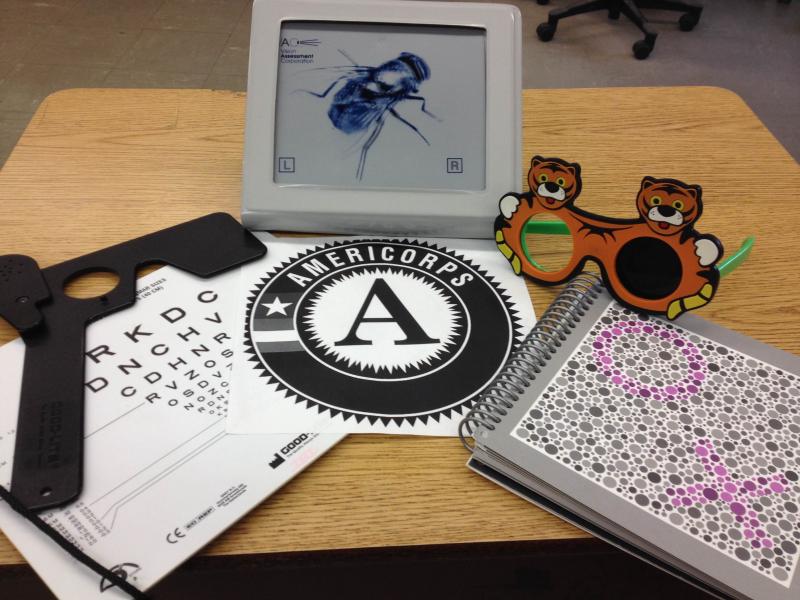Vision for Sight
This post was written by CHC member Lizelle Salazar.
Liz serves at Illinois Eye Institute at CPS Princeton School as a Vision Promoter.
When I was in Kindergarten, I failed my vision screening. I remember seeing in my cubby this neon colored paper stating that I should receive an eye exam. I also remember stuffing and crumpling that neon colored paper at the bottom of my backpack, because I didn't think I needed glasses. I spent the next two years sitting close to the television screen watching cartoons and standing up to get closer to the classroom board so I could copy down the problems. Finally, in 2nd grade, my teacher talked to my parents during parent-teacher conferences and recommended that I get my eyes checked.

I am so thankful to be part of these vision services, because it makes my service more meaningful to help students just like my Kindergarten self. Vision is a tricky health problem because only you can tell what you see and unlike other health problems the change is gradual. Many students may feel like it is normal to be blurry or have words swim around the page, and they don't realize others don't see that way through their eyes. It's been an amazing experience to help those students who don't know they have a problem and to show them what it's like when it can be corrected. Last school year, the clinic was able to examine over 7,000 students, with hopes that we can give care to 7,000 more students this school year.